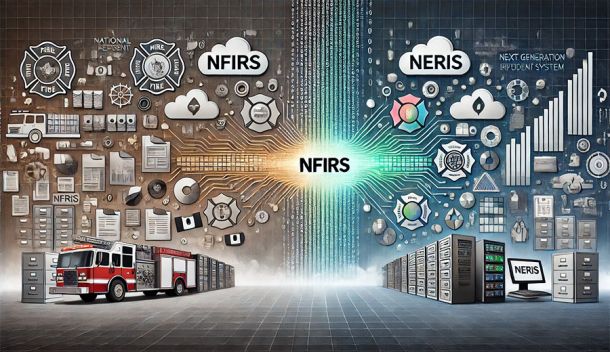1. Data Transfer Requirements:
Clarification is needed regarding the method of data submission, whether through REST endpoints, SOAP, or other protocols.
2. Approval and Submission Process:
Procedures for approval, submission statuses, and vendor verification processes require definition to ensure smooth operations.
3. System Integration:
Integrating NERIS-compliant data fields into existing systems, such as RedNMX, may necessitate updates and customization.
4. Training and Familiarization:
Fire department personnel will require training to familiarize themselves with the new reporting protocols and systems.
5. Technical Considerations:
Ensuring compatibility with existing CAD systems and addressing any discrepancies in data formatting are essential for seamless transition.
